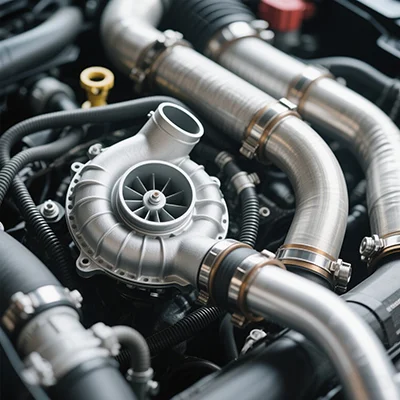The Hidden Pitfalls of All-in-One Computers: A Comprehensive Analysis
In the ever-evolving landscape of technology, all-in-one computers have emerged as a popular choice for both home and office use. Their sleek design, space-saving capabilities, and integrated components make them an attractive option for many users. However, beneath the surface of their convenience lies a significant disadvantage that potential buyers should carefully consider. This article delves into the drawbacks of all-in-one computers, providing a nuanced understanding of their limitations.
- Limited Upgradeability
One of the most significant disadvantages of all-in-one computers is their limited upgradeability. Unlike traditional desktop computers, which allow users to easily swap out components such as the graphics card, RAM, or storage drives, all-in-one systems often integrate these components into a single unit. This design choice not only restricts the ability to upgrade individual parts but also complicates repairs. For instance, if a user wishes to enhance their system's performance, they may find themselves needing to replace the entire unit rather than simply upgrading a single component.
- Heat Management Challenges
Another critical issue with all-in-one computers is their heat management. The compact design of these systems means that all components are housed in a confined space, which can lead to overheating. While many all-in-one models come equipped with cooling systems, they may not be as effective as those found in traditional desktops. Over time, excessive heat can degrade performance and shorten the lifespan of internal components. Users who engage in resource-intensive tasks, such as gaming or video editing, may find that their all-in-one computer struggles to maintain optimal performance due to thermal throttling.
- Repair and Maintenance Difficulties
When it comes to repair and maintenance, all-in-one computers can pose significant challenges. The integrated design that makes these systems aesthetically pleasing also makes them more difficult to service. In the event of a hardware failure, users may need to rely on professional repair services, which can be costly and time-consuming. Additionally, the proprietary nature of many all-in-one systems means that replacement parts may not be readily available, further complicating the repair process. This can lead to extended downtime, which is particularly problematic for businesses that rely on their computers for daily operations.
- Performance Limitations
While all-in-one computers can offer decent performance for everyday tasks, they often fall short when it comes to high-performance applications. Many models are equipped with integrated graphics and lower-end processors, which may not suffice for demanding tasks such as gaming, 3D rendering, or heavy multitasking. Users who require robust performance may find themselves disappointed with the capabilities of an all-in-one system, leading to frustration and potential productivity loss.
- Cost Considerations
Finally, the cost of all-in-one computers can be a disadvantage for budget-conscious consumers. While they may seem appealing due to their all-inclusive design, the price tag often reflects the integrated nature of the components. Users may find that they can achieve better performance and greater flexibility by investing in a traditional desktop or laptop, especially if they are willing to build their own system. Furthermore, the potential need for repairs or upgrades can add to the overall cost of ownership, making all-in-one computers a less economical choice in the long run.
Conclusion
In summary, while all-in-one computers offer undeniable advantages in terms of design and space efficiency, they come with a set of disadvantages that should not be overlooked. Limited upgradeability, heat management challenges, repair difficulties, performance limitations, and cost considerations all contribute to a complex decision-making process for potential buyers. Before investing in an all-in-one computer, it is crucial for users to weigh these factors against their specific needs and use cases. By doing so, they can make an informed choice that aligns with their technological requirements and budgetary constraints.
